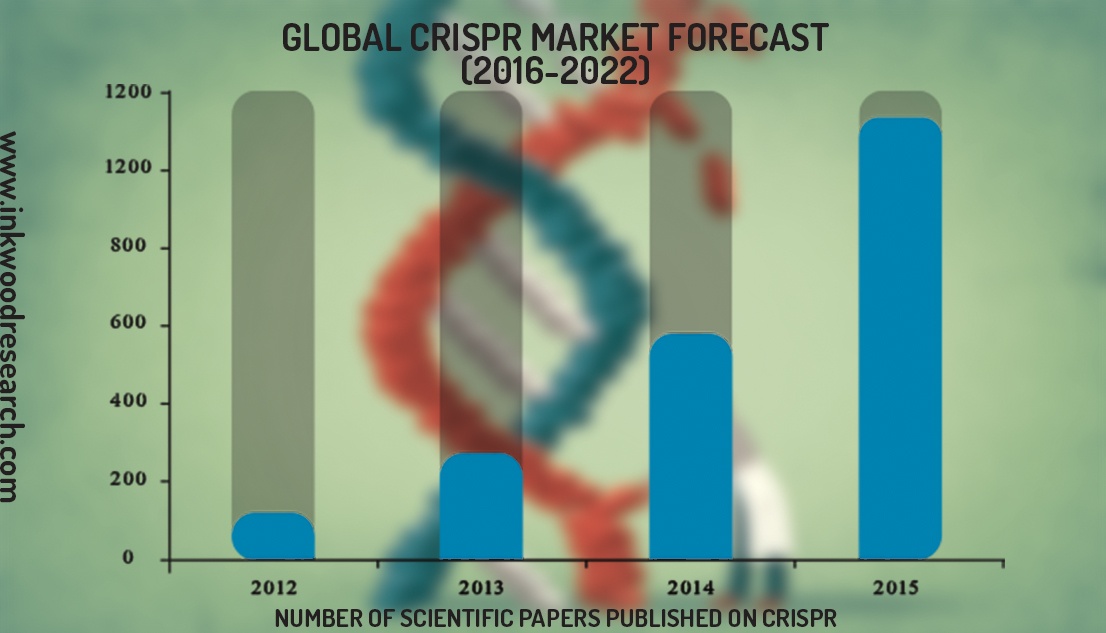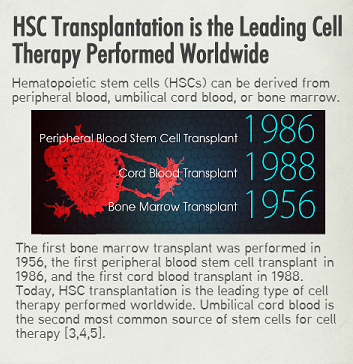Market Variation within the Global Cord Blood Industry
Cord blood banks now exist within nearly every developed country, as well within most developing nations. However, there is still significant variation within the industry. First, there is the divide between private and public cord blood banking, in which private companies serve individual families, while public banks serve the broader population. Additionally, some cord blood banks receive only units from nearby hospitals and birthing centers, while others allow mail-in units from a diverse geographic region.











